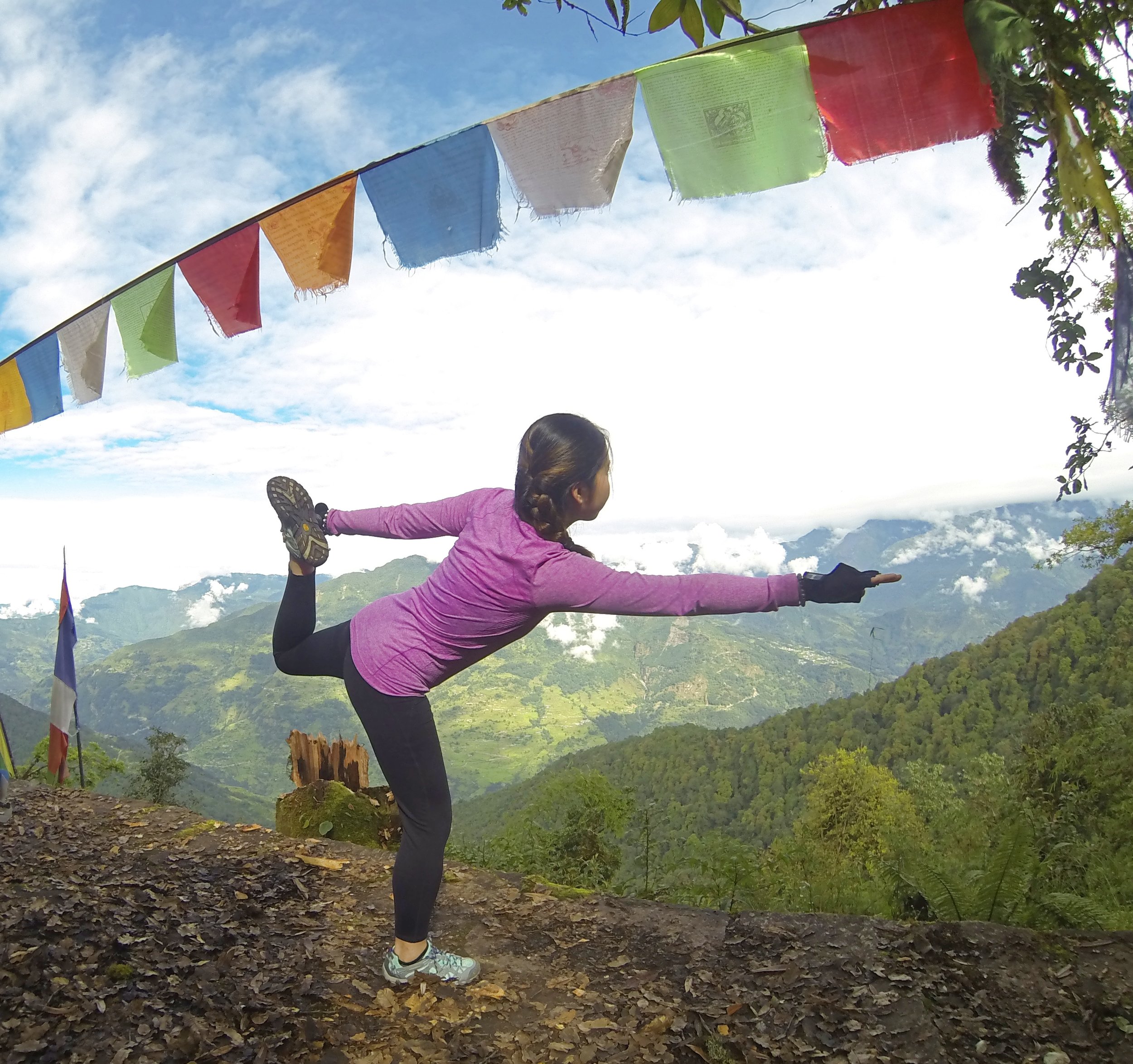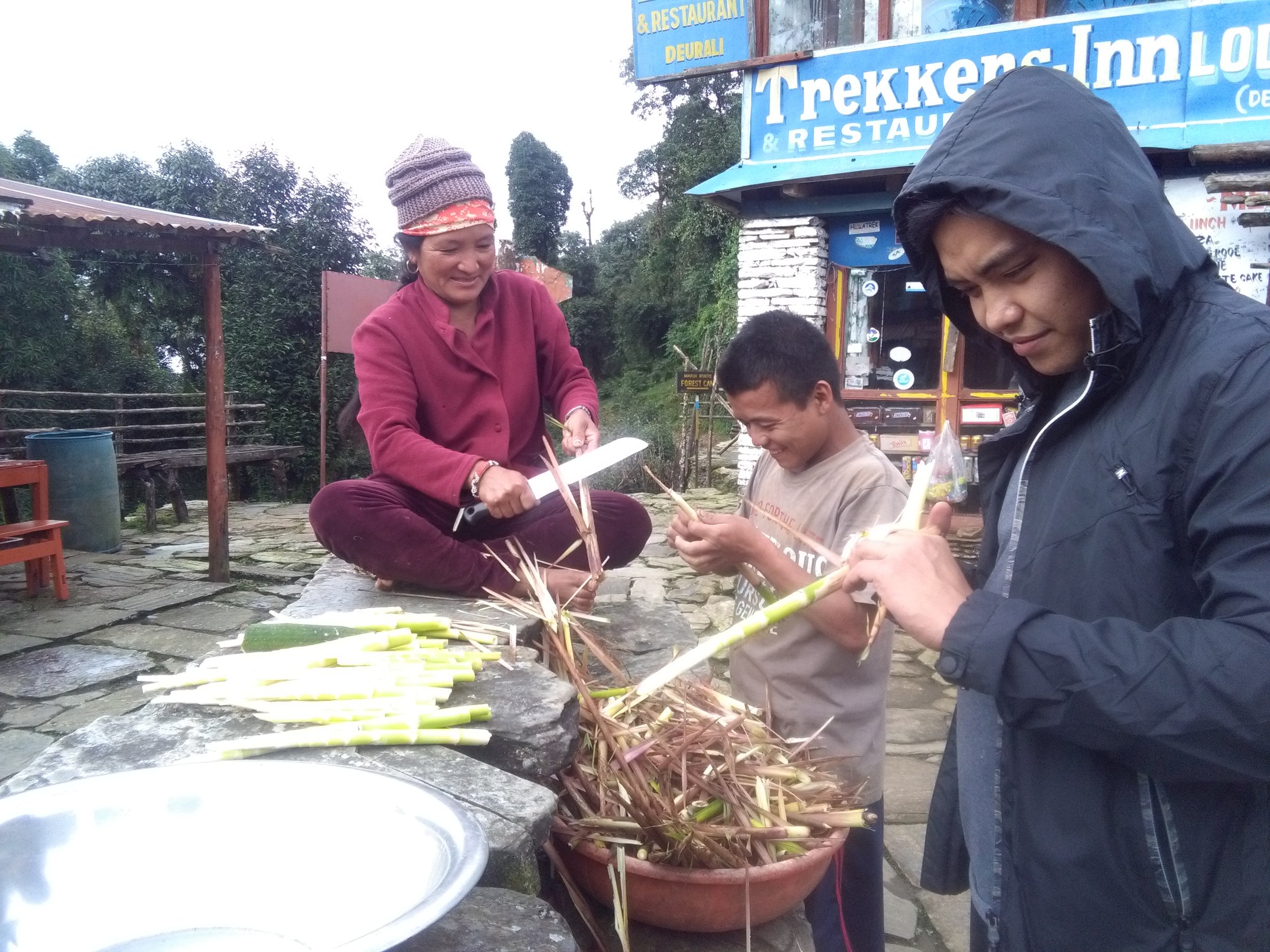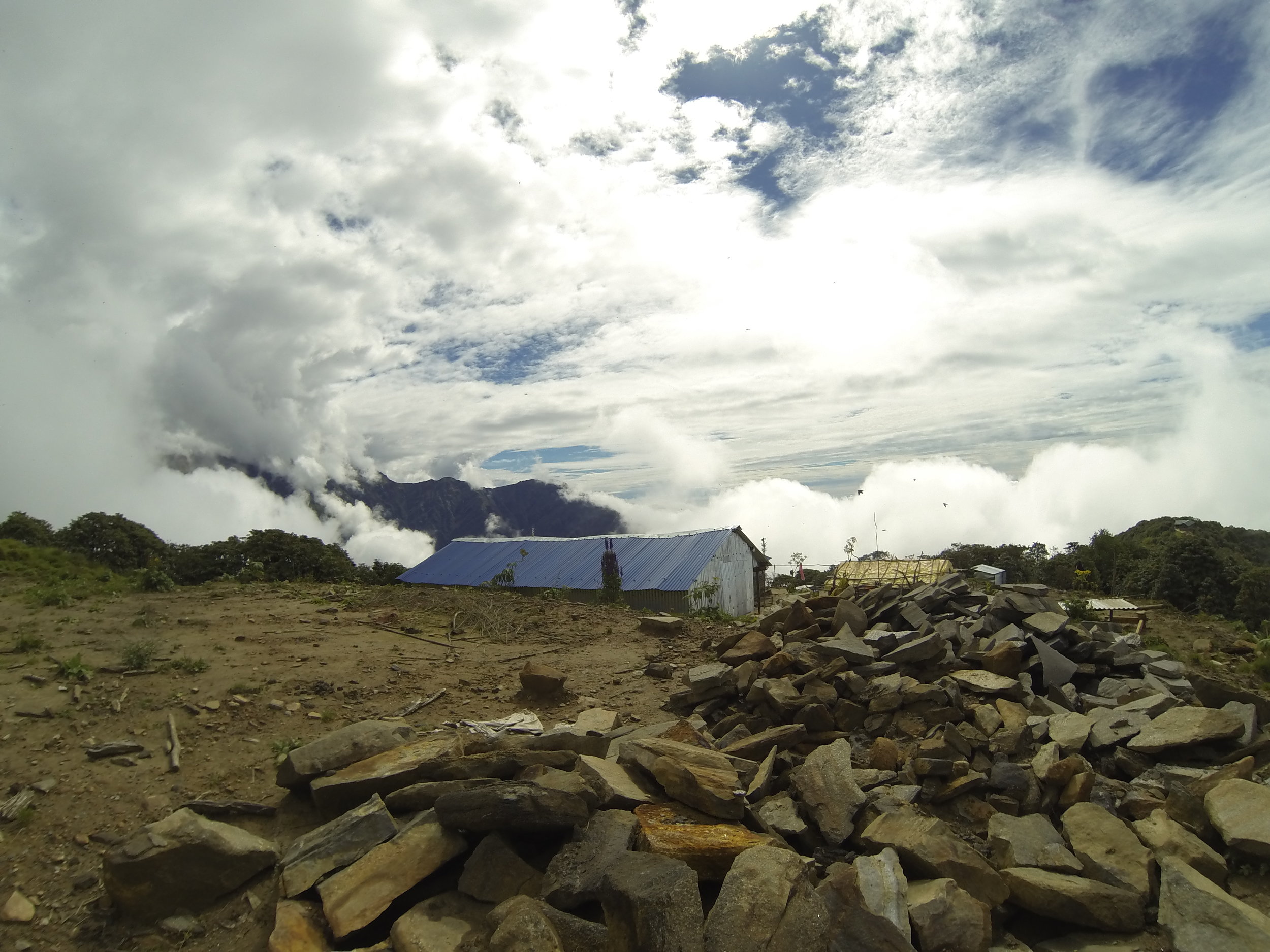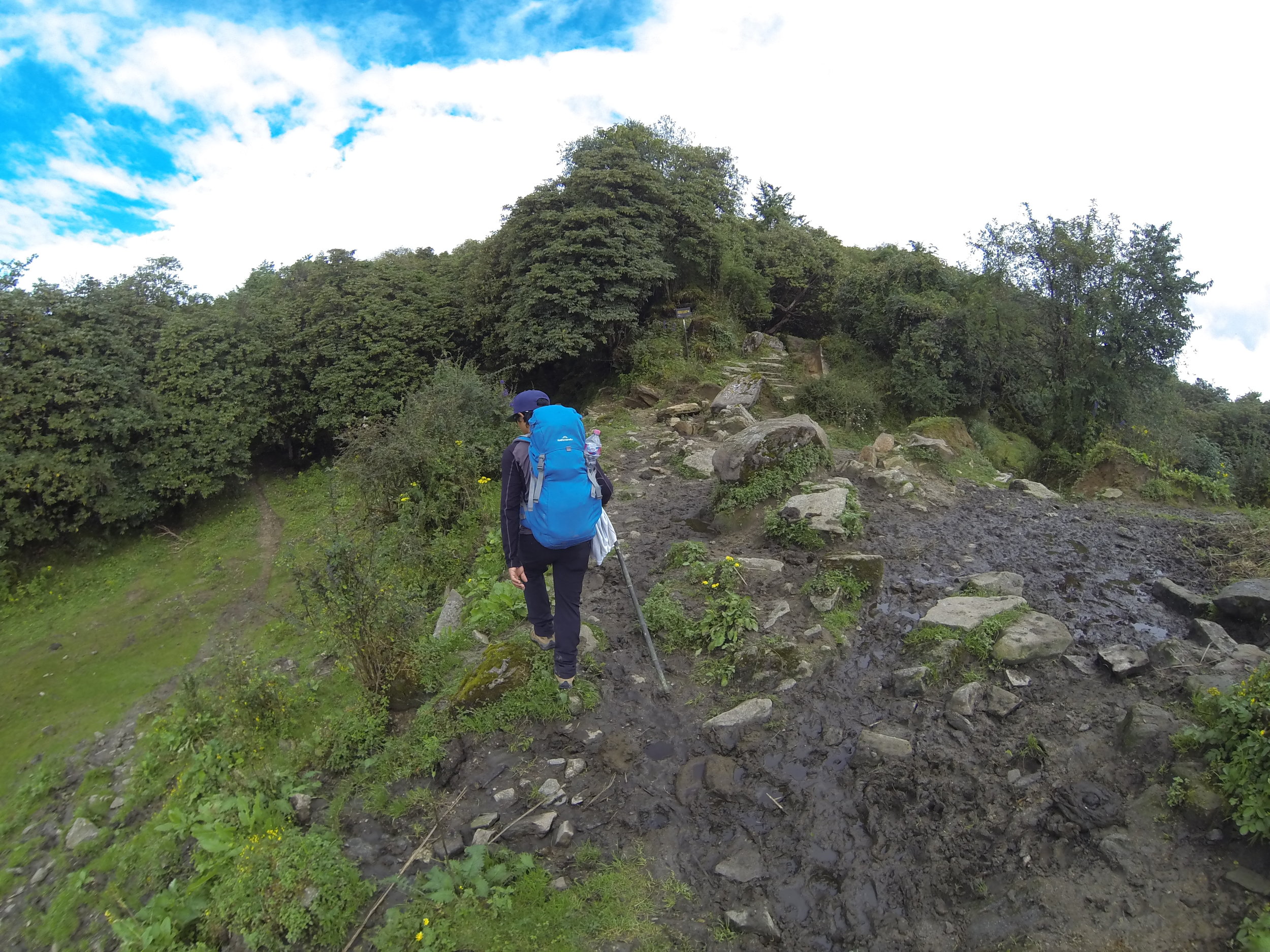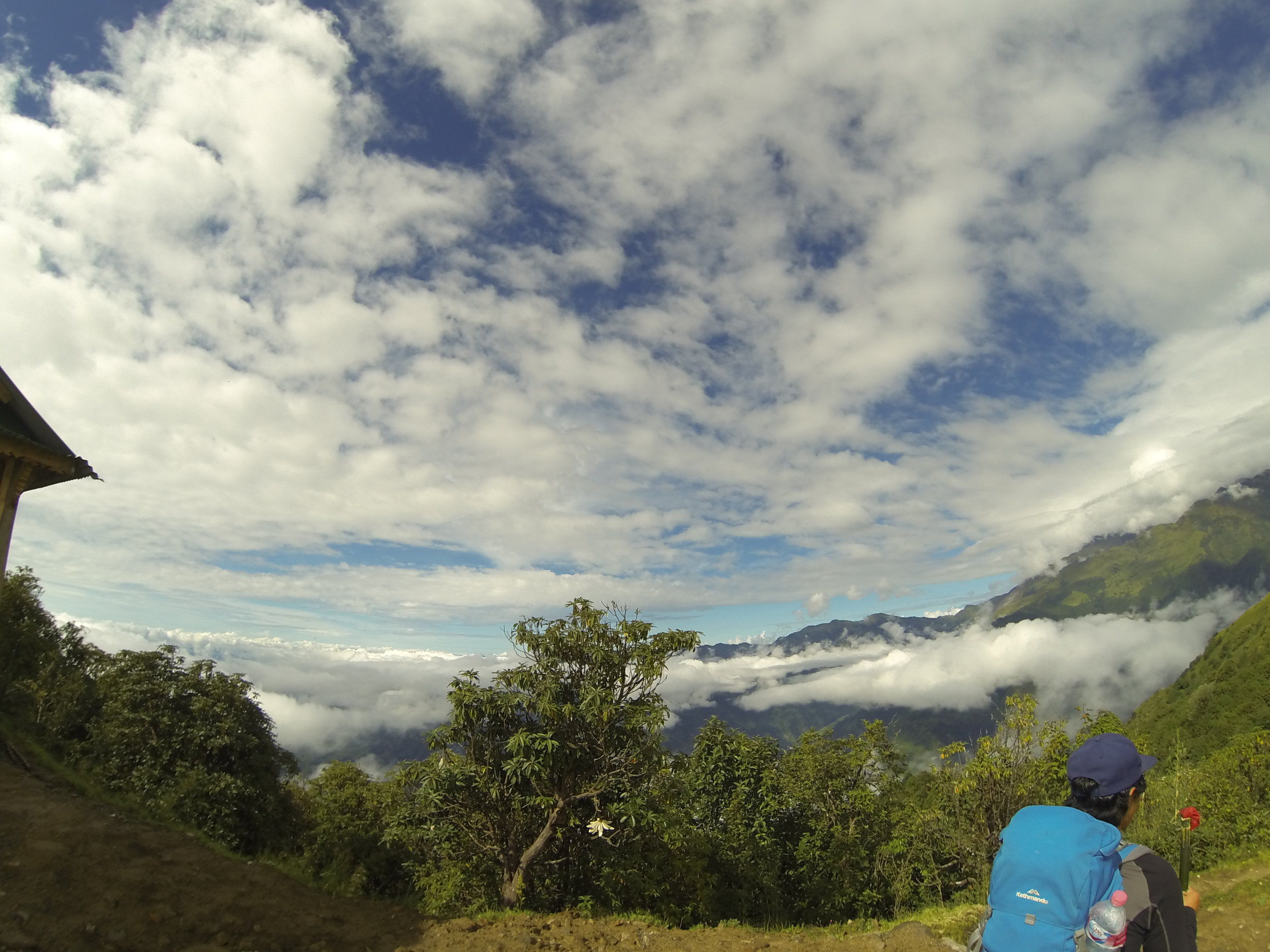Are you tired of shaving? Have you ever consider on stopping shaving at some point? Shaving is probably the most convenient way to get rid of your hairs on your legs, underarm and on your private area. However, shaving comes with a lot of disadvantages. To find out why you may proceed reading this blog to know more.
Waxing can be rewarding in many ways but can also bring you pain in the process. Just imagine, your hairs are being pulled out straight from its roots. With that being said, the results can be very rewarding though for most people. There are also a lot of precautions to follow strictly before and after waxing.
"Beauty comes at a price but I believe it will be worth it."
FIRST OF, WHAT IS WAXING?
For those who are not very familiar with waxing or want to know more about it. Here is a simple explanation of what waxing is all about. Waxing is a therapy specializes in semi-permanent hair removal while maintaining a smoother skin. It is affordable and easy to book an appointment in any waxing salon, you may also do waxing in your home too! Waxing allows you to treat yourself to a nice and smoother skin and to be completely hair free for at least 1-2 weeks.
TYPES OF WAXING METHOD
HOT WAXING
This is the most popular waxing method and it is not super hot by the way. It is quite warm. Hot waxing is a lot easier to pull out some stubborn and even those shorter hairs. This is good for the intimate area and it would be less painful. Hot waxing is more effective than cold or pre-made wax strips. It is also much more comfortable than the others, plus you have a therapist to do all the service for you.
PRE-MADE WAX STRIPS OR COLD WAXING
Pre-made wax strips can be found in any convenience or health care and beauty stores. The strips come in a package with a few sheets inside. It is quite easy to use as there is a list of instructions to tell you how to do your waxing. It is advisable to ask someone to help you wax instead of doing it by yourself especially when waxing your underarm and private areas to be safe.
DIFFERENT TYPES OF WAXING
Bikini/ Brazilian waxing - There are some options whether you want your hairs in your private area to be all off (Hollywood), Bikini line wax only or something artsy, The Love Heart.
Underarm waxing - This is probably the least painful one of all and can be relaxing too
Legs or Feet waxing - There is an option whether you want it all off (Feet + Legs + Thighs)
Eyebrow waxing - This is mainly for people who have tattooed their eyebrows
Chest or Back waxing - This is mainly for the men
BENEFITS OF WAXING
There are plenty of benefits that waxing can provide and will let you enjoy from being hair free for at least a week or two. The process can be painful but the results can be rewarding.
1. WAXING ALLOWS YOU TO HAVE A SMOOTHER AND SOFTER SKIN
You should know that your hairs are being pulled out straight from its roots, so there won't be any patches of hair left on your skin except those teeny tiny bits and really thin hairs that are not possible to be taken off with the hot wax. Once your hairs have been taken off, you will start to feel that your skin is very soft and smooth. Do enjoy this for at least 1 or 2 weeks before your hairs start to grow again.
After waxing, your skin will feel not only smooth or soft but it is almost like your skin is brand new, like a newborn baby. Furthermore, you must moisturize or exfoliate the waxed area to maintain the smooth and to avoid any chances of ingrown hairs.
2. WAXING IS CLEAN
Waxing is clean if you go to a good waxing salon. Always make sure that your waxing salon is clean and their materials and tools are new especially the waxing popsicles they use to gather the hot wax onto your skin. To maintain the cleanliness after waxing, you must moisturize or exfoliate your waxed area and make sure that your waxed area is clean and must be moisturized at least before your hairs start to grow.
3. WAXING CAN GET RID OF INGROWN HAIRS
Waxing can help you get rid of those ever annoying ingrown hairs.
WHAT ARE INGROWN HAIRS?
Ingrown hairs are hairs that grow back and curled up down from within your skin or near the skin surface. The hairs move sideways instead of straight out from your skin. This happens when your hair breaks off in the middle by waxing, plucking or shaving,
Waxing can eliminate your ingrown hairs and these annoying ingrown hairs are not a permanent thing, so there is nothing to worry about. Unless you stop waxing or if you are the type who wax every after 3 months or more. Furthermore, not everyone suffers from ingrown hairs. It also depends on how you take care of your skin. The more care you give the fewer problems you'll have.
4. HAIR FREE FOR AT LEAST 1-2 WEEKS
Your hair only starts growing after 1-2 weeks. Being hairless for at least 1-2 weeks is probably a great news for everyone who goes waxing. During those hairless time, you may enjoy doing some outdoor activities and you are free to wear anything without feeling embarrassed especially about your underarm hairs.
On the other hand, the longer you wax, the amount of hair growth will be lesser. I heard from my therapist that when you continuously wax for more than 3 years, your hair may begin to grow out after 3 weeks to one month. Of course, this will also depend on your genetics. If you are born hairy then it will take more years to enjoy this privilege.
5. WAXING CAUSE NO CUTS THAT WILL LEAVE YOU SCARS
Waxing does not include a blade or a razor, which means you won't suffer any cuts that may leave you some scars. Waxing, however, may be painful especially for those who are more sensitive. But having no scars is definitely a good news.
CONS OF WAXING
Waxing may offer some rewarding result, however, waxing also has its cons and it may not be 100% beneficial to all. Different people have different types of skin and to some, waxing may not be the best choice for them. Therefore, it is important to have a good knowledge about the disadvantages of waxing and not just the good parts.
1. WAXING CAN BE PAINFUL
Waxing is never easy and relaxing. It is painful and sometimes it can make you scream especially when it comes to the intimate area. Just imagine, your hairs are being stripped and pulled out straight from its roots for at least 5-20minutes, depending on which body part you are waxing. The pain is tolerable though, however, for some people who are much more sensitive may not be able to hold their screams.
2. WAXING CAN CAUSE INGROWN HAIRS
The chances of ingrown hairs after waxing is quite high. However, this only happens when the hair breaks off in the middle while pulling the hot waxing strip. Fortunately, you may get rid of those ingrown hairs once you are back to the waxing salon for your next session.
To avoid ingrown hairs, you must moisturize or exfoliate your skin especially onto the waxed area to avoid any ingrown hairs. You must moisturize or exfoliate until your hair starts to grow.
3. REDNESS AND SORENESS
During and especially after waxing, your skin may suffer from redness and soreness. This happens simply because your hairs have been pulled off and it is pretty normal to suffer from this, but worry not as this only last for a few hours and a day being the maximum. If your redness and soreness continue after 2-3 days or if you notice that it is getting worse, you must pay a visit to a doctor to have it check.
4. PORES AND ALLERGY REACTION
After waxing, your pores will start to open up as you are hairless and the chances of having your skin infected are quite high but this doesn't happen to all people. But don't worry as you may still avoid this by moisturizing and exfoliating your waxed area. Make sure that your waxed area is not sweating so much and make sure that it is washed and clean until your hairs start to grow back.
Waxing may also cause some allergy reaction in some people. To avoid having to deal with this, you must make sure that waxing is really suitable for you and follow the steps of before and after waxing.
5. WAXING IS EXPENSIVE THAN SHAVING
Unlike shaving, waxing cost more than a piece of a set of blade or razor. Waxing is also more expensive when doing it in a waxing salon. You need to pay for the hot wax, the salon's services, and your therapist. However, the result may be worth it despite the cost.
6. WAXING CAN'T GUARANTEE YOU 100% HAIR FREE
Take note that waxing is only done by pulling your hairs straight from its roots. So it is not a permanent thing that your hair will be forever gone. Unless it is in your genes to have less hair, but your hair will not stop growing, not unless you go for laser hair removal or IPL.
Nevertheless, you will still enjoy being hairless for at least a week or two.
7. MUST DO IT IN A WAXING SALON
It is highly recommended to do waxing especially hot waxing in a good and reliable salon with an expert therapist. The reasons behind this are that you can put your trust in your therapist's hands and you don't have to worry about doing it wrong.
On the other hand, you may also do waxing at home but make sure to have someone experienced or a family member who works in a salon to perform the waxing therapy for you to avoid any complications.
PROS AND CONS OF SHAVING
Now let's talk about shaving. Shaving is always available whenever you need. It is easy to buy a shaver in any supermarket or convenience stores. It is very cheap and it is also disposable. It is very convenient as you may use that anytime you need to get rid of your hair. Plus, you don't need to book an appointment to shave, all you need is a razor to shave in the shower.
However, there are more cons than pros on shaving. While I was writing this blog, I have come to a conclusion that shaving is really bad for our skin and the usage of shaving needs to be minimized.
HERE ARE SOME OF THE DISADVANTAGES OF SHAVING:
1. SHAVING MAKES YOUR HAIR LOOK THICKER AND GROW FASTER
Shaving only cuts the hair on our skin area and the hair is not taken off from its roots, therefore the hair will grow much faster and looks thicker compare to waxing. Everyone has different types of hair and it depends on your genetics too. Normally for most people, the hair will start to grow after a day or two after shaving, which is not very helpful as you will need to keep shaving every day.
2. ROUGH SKIN AFTER SHAVING
After shaving, your skin will feel rough and not very smooth as you only shave your hair off from the surface and not from its roots.
3. SHAVING CAN CAUSE ITCHINESS AND RASHES
Shaving can cause itchiness and rashes on your skin. The reason behind this is that if you use the wrong shaver or if not used properly, it can cause some complications. This happens when you press the razor too hard onto your skin while shaving or using a very blunt and old razor blade.
4. POSSIBLE BLEEDING AND WOUNDS WHILE SHAVING
Shaving can cause bleeding and wounds too. Why is that? First of all, you are doing it alone and you can't really see the area where you are shaving, the intimate area in particular. Careless shaving could result in bleeding and wounding your skin and trust me it is not a good thing wounding your skin with a piece of sharp blade razor.
WHEN IS THE RIGHT TIME TO WAX?
THE BEST TIME TO WAX
A week after your monthly period is over
Do it whenever you feel like you are ready for it
Make sure to make an appointment in the waxing salon, so you will feel more obligated to go
Do it in the first week of the month right after you've received your monthly salary, so you won't end up spending your money for your waxing just in case
WHEN NOT TO WAX
Do not wax when you are in your period
Do not wax days before your period, your skin is more sensitive and it can be very painful
Do not wax when you are dealing with some infections on your skin
Do not wax when you are short of budget, it can wait
Do not wax when your hairs are still very short, it is advisable to grow your hairs at least 1/4 of an inch
ASK YOURSELF WHEN IS THE RIGHT TIME
You should definitely ask yourself whether you are ready to switch and try waxing for the first time. Everyone has their own tolerance for pain and no one else knows your pain tolerance better than yourself. Another way to help you decide is to ask the people you know, perhaps one of your family members or friends who have already tried waxing and ask questions about it. It will sound more convincing hearing the experiences of the people you personally know.
DO's AND DON'Ts BEFORE WAXING
This is the first step that everyone should know before having their first wax. Believe me, I had searched about waxing many times before making my first appointment in a waxing salon. It's better to be safe than sorry.
HERE ARE SOME TIPS ON WHAT TO DO AND NOT TO DO BEFORE WAXING:
Do not shave at least 2 weeks before your waxing appointment. Leave the hair be.
Do not wax a week before your period starts as it will be a lot painful when stripping hairs from your skin.
Grow your hair as long as possible (around 1/4 of an inch long should be okay).
Workout or sweat as much as you can before waxing as you are not allowed to sweat after waxing for at least 48 hours.
Try to relax and stop over thinking before and during your waxing session
Research about waxing, everyone has its own ways to find things out.
Check with your dermatologist if you have any skin problems to see if waxing is suitable for you.
Hydrate yourself before and even after waxing
Wear something comfortable and not tight clothing before heading to the waxing salon. Wearing tight items of clothing will suffocate your body to sweat.
If you are sensitive to feeling any pain, take an aspirin 30 minutes before your waxing appointment. Aspirin can help ease the pain but always check with your doctor before you take any medications.
DO's AND DON'Ts AFTER WAXING
After all the stripping and pain from the salon, you may see the results right away. Your skin will feel a lot softer and smoother, maybe a little bit of redness or soreness but that is very normal as it will go away eventually. However, there are some precautions to follow after waxing. It is important to follow it to avoid any possible pain, side effects or even swelling.
HERE ARE SOME TIPS ON WHAT TO DO AND NOT TO DO AFTER WAXING:
Do not do anything active after waxing for 48 hours. No workout, no running and avoid any sexual intercourse too. Your skin (waxed area) needs to be dry for 24 hours.
Do not wear any tight clothing after waxing
Drink plenty of fluids, try to avoid any alcoholic drinks. Detox yourself for at least 48 hours.
Moisturize or exfoliate after waxing (24 hours later) to maintain the smooth on the waxed area in your body.
Use moisturizer to avoid having any bumps, ingrown hairs or pimples on the waxed area.
Do not wet or shower for 24 hours after waxing. The waxed area needs to remain dry.
Do not go to the beach for tanning for some time as the sun damages your skin and especially on your waxed area. Avoid the heat completely if you can.
HOW TO FIND A GOOD WAXING SALON
Finding a right and reliable waxing salon is very important. Knowing how clean and updated the salon is very important.
TIPS ON HOW TO FIND A GOOD WAXING SALON:
Make sure that the salon is clean in and out
Read their customer's feedbacks to have an idea of what kind of salon it is
Check the prices and make sure that it is not too cheap. The average price should be around 45-60 USD ($350-500 in HKD) for a session of Brazilian waxing.
Check if the salon is recommended by the media or in the magazines
When you reach the waxing salon, normally clients will be given a few minutes time to change before starting the waxing session. Take this chance to check their tools and types of equipment on the counters. Check whether the tools are new, especially the waxing popsicles that they use to gather all the wax. If it is clean and you feel safe, then go on to your waxing session. By any chances that you are in doubt, you can change your mind before it's too late or you may ask questions with the salon for some clarifications. Afterall safety should always come first.
MY WAXING EXPERIENCES
I have thought about whether or not I should ditch shaving and open myself to the waxing world for many years. It took me years to make a decision because I was scared of the pain first of all and just imagining the process always back me out. Another thing is that I was not willing to spend so much money on this. It was a long and careful decision that I have dealt with.
Anyways, I started waxing in 2016 and I am still continuing it. After finally getting rid of shaving, I finally realized that waxing is more effective. It makes my hair a lot thinner and the length are almost aligned together. I felt cleaner and better with waxing, although the pain can be unbearable at times, however, it is all worth it.
I have tried 3 waxing salons in Hong Kong before settling into a permanent one. I am currently having my wax done at NUDE WAXING BOUTIQUE. This salon is very reliable and I love the service of my therapist, Ilhaam. She is very professional and she does her waxing very well. Nude offers reasonable prices and the machines, tools, and types of equipment they use are clean and safe. I will highly recommend this place to anyone.
I would definitely also recommend people to try waxing and quit shaving for good. Honestly, those razors aren't good for our skin and it is also nice to treat yourself to a waxing salon. Forget the pain, just focus on the good results.
I hope you find this blog useful and it answers your questions. Feel free to message me or comment below if you have any concerns or questions, I will be more than happy to help.
Yours Truly,
Michelle Chan
